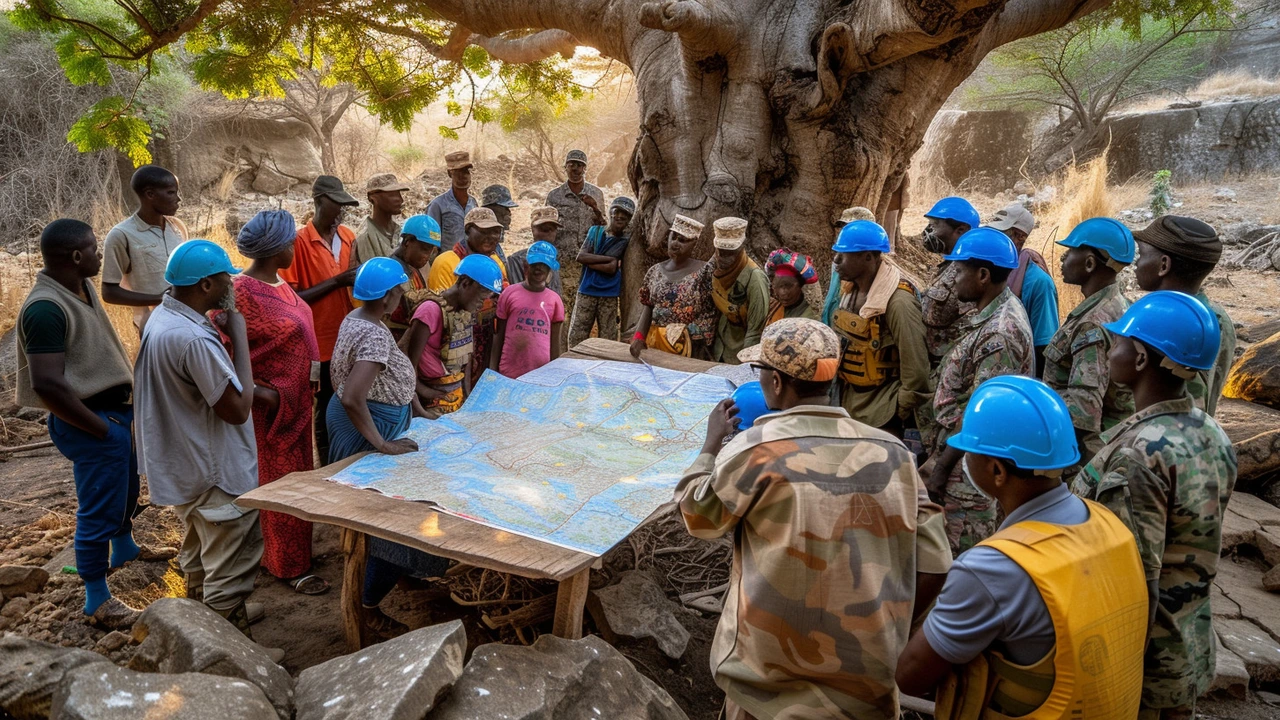Humanitarian aid means getting food, medicine, shelter and protection to people who need it fast. In conflict zones, natural disasters, or after a crisis, aid saves lives and keeps communities stable. On Peacekeeping News Hub you’ll find updates on missions, practical explanations of how aid gets delivered, and the challenges teams face on the ground.
Think of it as a chain: assessment, funding, delivery, and monitoring. First, responders assess needs—who needs water, food, medical help? Then agencies raise funds and coordinate logistics. Delivery can be by truck convoys, air drops, or local partners. Finally, monitors track if the aid reaches the right people and whether it’s effective. Peacekeeping forces often help by securing routes, setting up safe zones, or enabling humanitarian corridors when access is blocked.
There are different kinds of aid. Emergency relief handles immediate needs—water, first aid, temporary shelter. Recovery work focuses on rebuilding schools, clinics, and local markets. Protection programs include legal help, family tracing, and efforts to prevent violence against civilians. Knowing the difference helps you understand news about missions and donations.
Access is the biggest headache. Warring parties might block roads or demand access fees. Security is another: aid workers face attacks, kidnapping, or crossfire. Funding cycles matter too—donors may fund a crisis for a short period, leaving gaps later. Corruption and poor coordination can slow response and waste supplies. When you read about a mission struggling, these are often the root causes.
Technology helps but isn’t a cure-all. Satellite imagery, cash transfers via mobile phones, and data mapping speed up response and reduce waste. Still, local knowledge and trust matter most. Organizations that hire and work with local staff usually reach people faster and more respectfully.
How can you tell good aid from weak aid? Look for transparency (financial reports, impact updates), partnership with local groups, and alignment with proven standards like Sphere or the UN's guidelines. These clues show whether aid is thoughtful and sustainable.
If you follow our Humanitarian Aid tag, expect news on how peacekeeping and relief overlap, stories from field teams, and practical guides on donations and advocacy. We post analysis on mission successes and failures so you can understand not just what happened, but why.
Want to help responsibly? Support verified charities, avoid donating supplies unless requested, and share reliable information. Small actions—funding a local clinic, signing a petition, or learning about humanitarian principles—add up. Stay informed, ask questions, and consider how aid can protect both people and dignity in fragile places.

This blog post dives into the captivating world of peacekeeping missions, reflecting on the courage and compassion exhibited by those who step up in times of conflict. Drawing from real-life stories, we will explore the pivotal role these brave individuals play in conflict resolution and humanitarian aid. It is an absolute privilege for me to share these awe-inspiring stories with you all. So, join me as we pay tribute to these unsung heroes, their trials and triumphs in fostering global peace.
